Direction: South Tyrol, San Cassiano in Alta Badia.
The Michelin 3-star chef tells us about his “Cook the Mountain” project, working hand in hand with nature.
Our bodies have to continuously adapt to external forces that push them in different directions, a constant dynamic that we need to get used to. And this holds true not only for our bodies but for what happens outside of them as well, for what happens in nature. Yet what we see today is a constant loss of that balance that for decades we thought was safe.

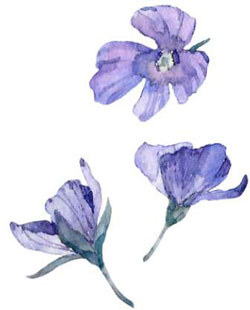
Indeed, biodiversity is what promotes life yet it is also what today is being threatened; a great number of plants and animals are at risk, and important processes with them such as plant pollination and soil regeneration.[1]
Discussing sustainability, therefore, cannot just be a passing fad; it has to be an important topic that all sectors must look toward, renewing their approach to productivity. This holds true also for agricultural biodiversity and the so-called “food tourism”, sectors that are working hard in this field but where I believe is still a wide margin for improvement.
Indeed, “food tourism” can be a great tool for developing rural areas in a sustainable manner, bringing together producers, restaurateurs, tour operators, and consumers, helping to shorten the agricultural supply and production chain and therefore creating a beneficial ripple effect in the area.
With this in mind, it is clear we need to push for sustainable production and consumption practices when it comes to food, some that are careful about the environmental, social, cultural, and economic impact they have. Today, these play an important role in tourism.[2]
This is also a necessity not only as a way to attract tourists to the area - as recent data suggests - but a real requirement on the part of the tourists themselves.
Looking at the 10th Report Gli italiani, il turismo sostenibile e l’ecoturismo (Italians, sustainable tourism and eco-tourism) by Fondazione Univerde and Noto Sondaggi, published a few days ago, we can see that 83% of people know the meaning of “sustainable tourism”.[3]
Our research too confirms this trend, showing us how some of the relevant factors in deciding the destination for a trip are production quality (important for 54% of travellers), the sustainability of events and accommodation venues (50%), and the availability of organic products (46%). [4] Similar results emerged in the previous edition of the report (Garibaldi, 2018).
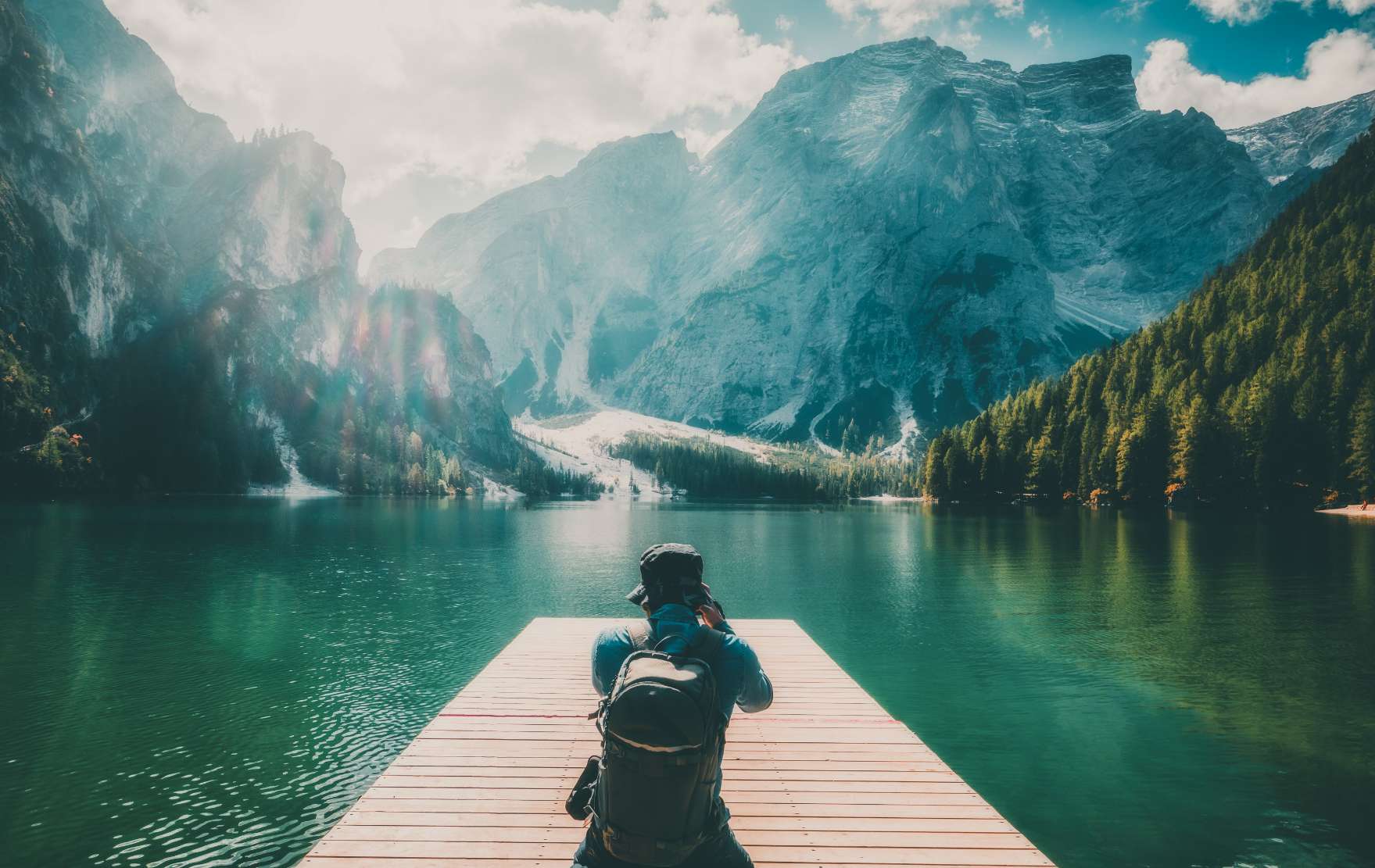

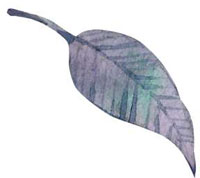
Let’s just take the Michelin guide and its Green Clover: they now award this new symbol - a 5-leaf clover that recalls the Michelin star - to those chefs that demonstrate sustainability in their cooking. First it was awarded to 50 French chefs during the presentation of the Michelin Guide and of the new stars, then again it appeared in the Northern countries, with the 2020 Michelin Nordic Countries Sustainability Award.
Now, finally, Italy too will be able to easily identify those restaurants that go the extra mile to provide sustainable dishes that respect the environment.
It is therefore important to understand the different areas in which we can all start behaving more sustainably, knowing full well that these comprise of numerous elements. It is thus necessary to work on everything - culture, people, environment, products, activities, policies, and projects - that I call “Food & Wine Landscape” as this is where tourists experience and interact what surrounds them.
This is our challenge: developing sustainable models that guarantee quality, not only limited to production processes but to all that is behind them.
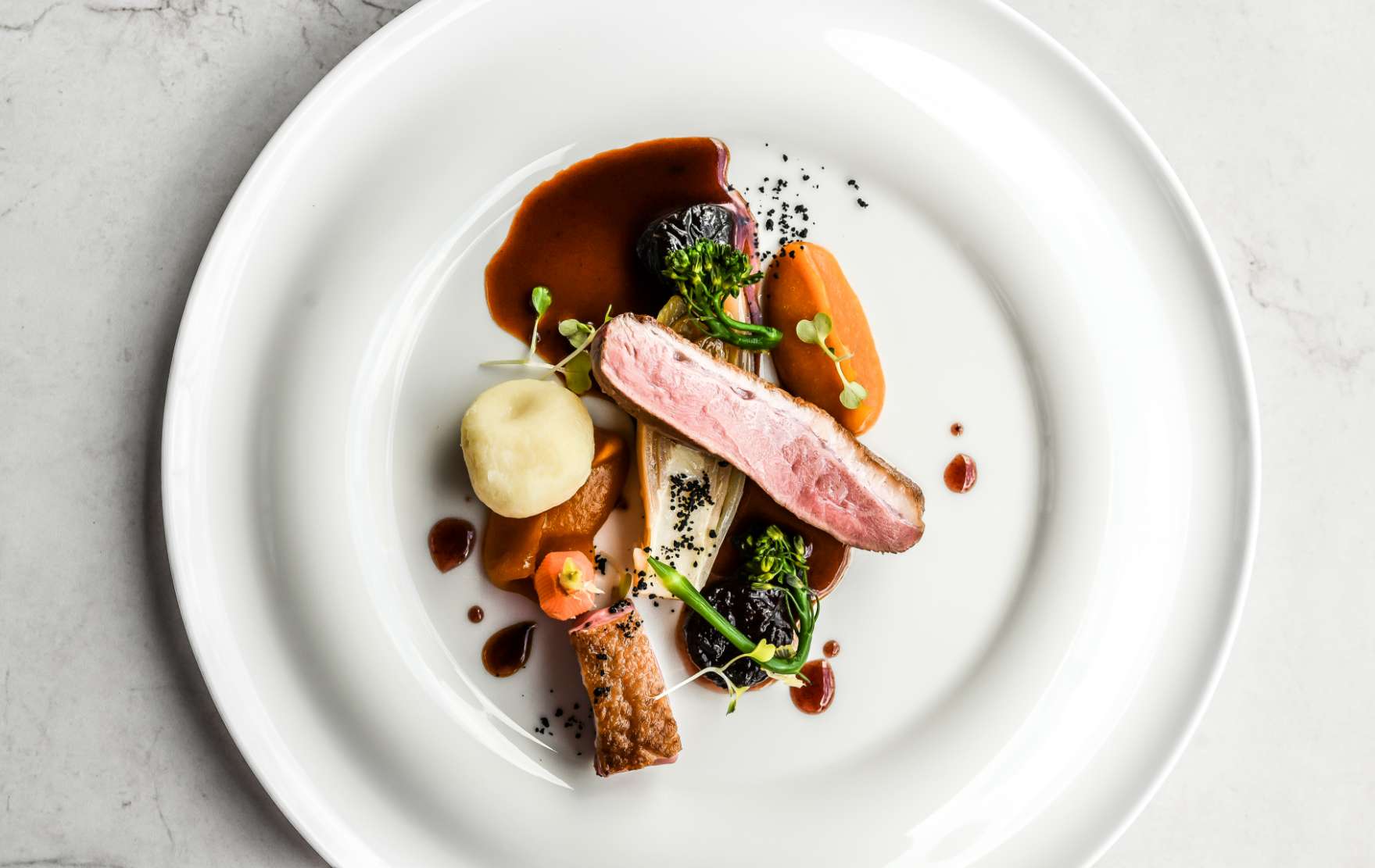
[1] www.fao.org/3/y5418i/y5418i00.htm
[2] Garibaldi R., 2020, Rapporto sul turismo enogastronomico italiano (Report on Food&Wine tourism in Italy)
[3] Fondazione UniVerde, 2020, Gli italiani, il turismo sostenibile e l’ecoturismo (Italians, sustainable tourism and eco-tourism)
[4] Garibaldi R., 2019, Rapporto sul turismo enogastronomico italiano 2019 (2019 Report on Food&Wine tourism in Italy)

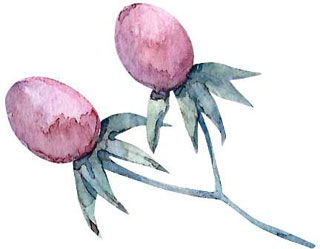
Direction: South Tyrol, San Cassiano in Alta Badia.
The Michelin 3-star chef tells us about his “Cook the Mountain” project, working hand in hand with nature.
Not just health: an in-depth analysis of a sustainable diet that also features environmental, economic, and social benefits.
